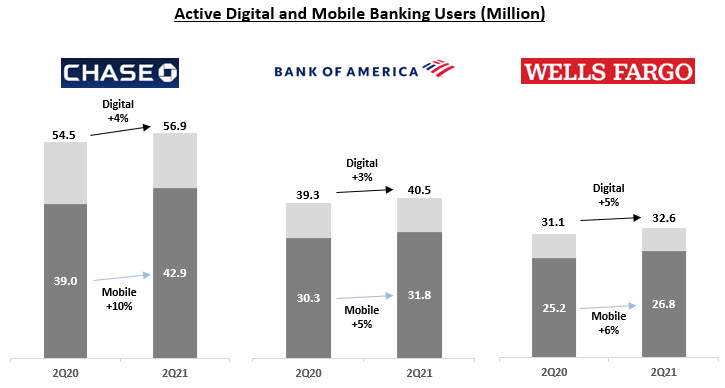Established and challenger banks responded to key changes in the small business landscape (ongoing economic recovery and the ending of PPP loans) in the third quarter of 2021 with new business banking solutions and thought leadership.
- Banks published surveys that gauged small business owner optimism and addressed current hot topics, such as inflation (PNC), supply chain disruptions (Umpqua Bank), access to funding (Goldman Sachs) and relationship with their financial service provider (Kabbage).
- FinTechs took on the established banks with new solutions. This effort was led by Square, which launched both Square Banking and Cash App Pay during the quarter. Other products from challengers during the quarter included the QuickBooks Card Reader, Credit Karma Money for small business employees and Brex Venture Debt.
- Leading small business credit card issuers launched new cards with high earn rates to capture a greater share of the increased card spend following the pandemic. Noteworthy examples include Capital One Spark Cash Plus (2% cash back on all purchases) and U.S. Bank Triple Cash Rewards Visa Business (3% cash back on four core categories). In addition, American Express launched a business-to-business marketing campaign (“Built for Business”) promoting its business cards.
- Financial firms continued to generate small business content, with new podcast services added to the suite of content options during the quarter (e.g., Regions Next Step for Business and Comerica’s Small Business Summer Series on LinkedIn).
- Banks rolled out initiatives for historically-underserved business segments, including black-owned business (Ally’s $30 million commitment to help grow black-owned businesses) and women-owned businesses (BMO Harris’s Women in Business Credit Program).
